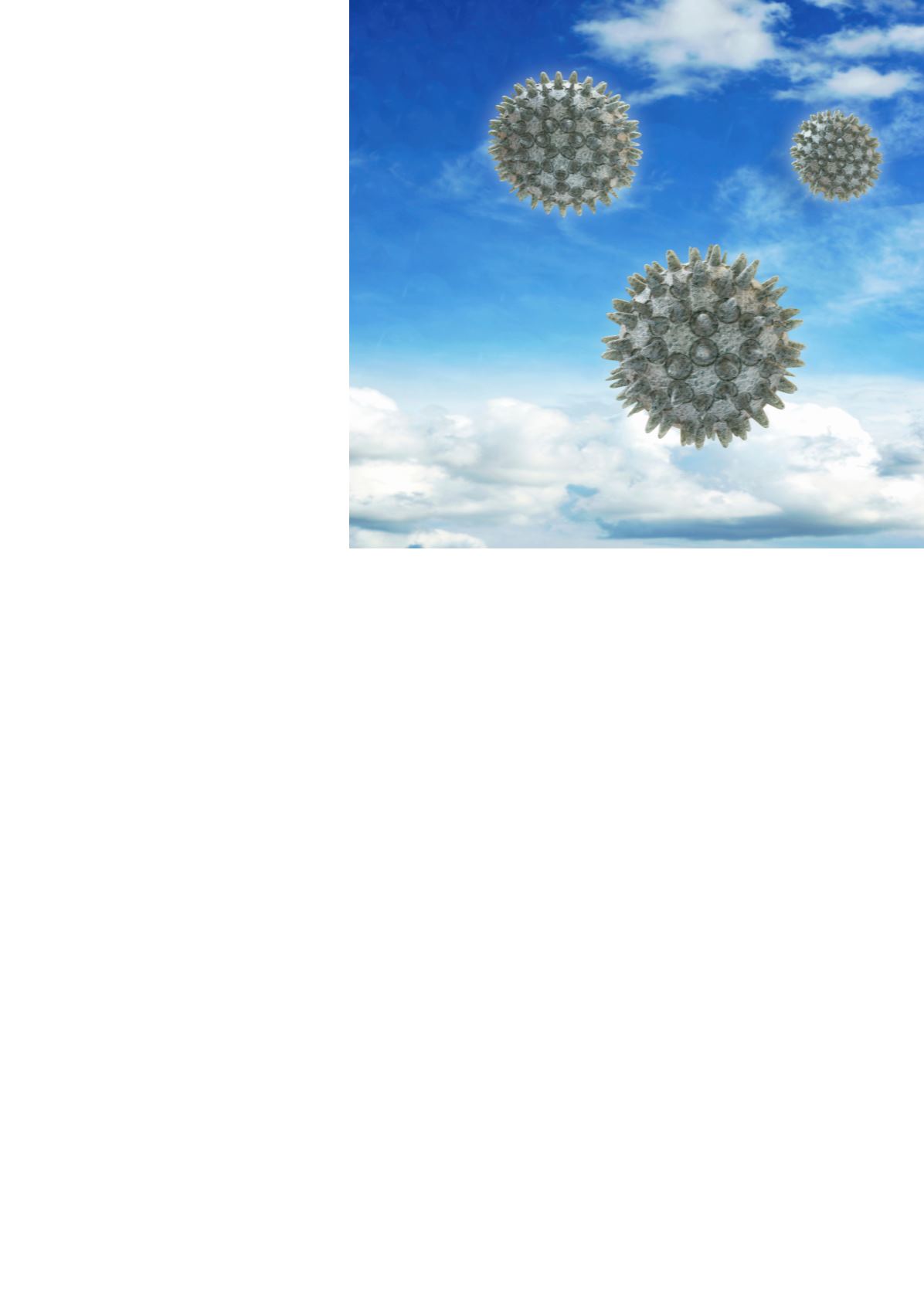

Often, it is not possible to avoid contact
completely although it will be necessary to
take all measures to reduce exposure as
much as possible.
Preventing allergy to pollen
•
Avoid places where there is a large amou-
nt of pollen, such as parks, gardens, rural
environments, etc.
•
If it is not necessary, do not go out for
walks on very windy days since wind ca-
rries large amounts of pollen.
•
Use glasses to protect your eyes and
even wear a mask.
•
If you travel by car, keep the windows
closed.
•
The greatest concentration of pollen is in
the early morning hours (between 5: OO
and 10:00 a.m.) and in the evening (7:00
to 10:00 p.m.), therefore, do not exercise
or perform any other outdoor activities in
these hours.
•
Keep the house windows shut.
•
A drier, or at least a rack to hang clothes
inside the house, are recommended to
prevent clothes from accumulating pollen
outdoors.
•
Do not have plants inside the house that
are allergenic.
Preventing allergy to dust mites
•
Avoid carpets, rugs, large curtains, stu-
ffed animals, and upholstered chairs.
•
Clothes should be kept inside closed clo-
sets rather than hanging during various
days on a coat rack or on top of a chair.
•
The best floors are made of wood and,
specially, of ceramic tiles.
•
Walls should be smooth so that they are
easier to clean.
•
Keep books in closed cabinets or book-
shelves.
•
Ventilate the house frequently to avoid hu-
midity since these microscopic animals
proliferate at temperatures above 20 de-
grees centigrade and when the level of
humidity is between 70 and 80%
•
Pillows and mattresses are authentic re-
servoirs of mites and, therefore, they
should be made of synthetic fibres or co-
vered with non-permeable materials.
•
Wash bed linen frequently with water at
more than 65 degrees centigrade. Also
use anti-mite covers to protect the mat-
tress, pillows and sofas, the favourite pla-
ces for these microscopic animals.
•
Toys in children’s rooms should be stored
in the closet or in boxes. If possible, the
room temperature should be kept at 18
to 20 degrees centigrade.
•
Avoid very dusty places.
•
Check with your doctor when you notice
the first allergy symptoms. He will check
your medical records, perform the ne-
cessary tests to determine the exact type
of allergen involved and, if necessary,
will prescribe a symptomatic or specific
treatment.


















